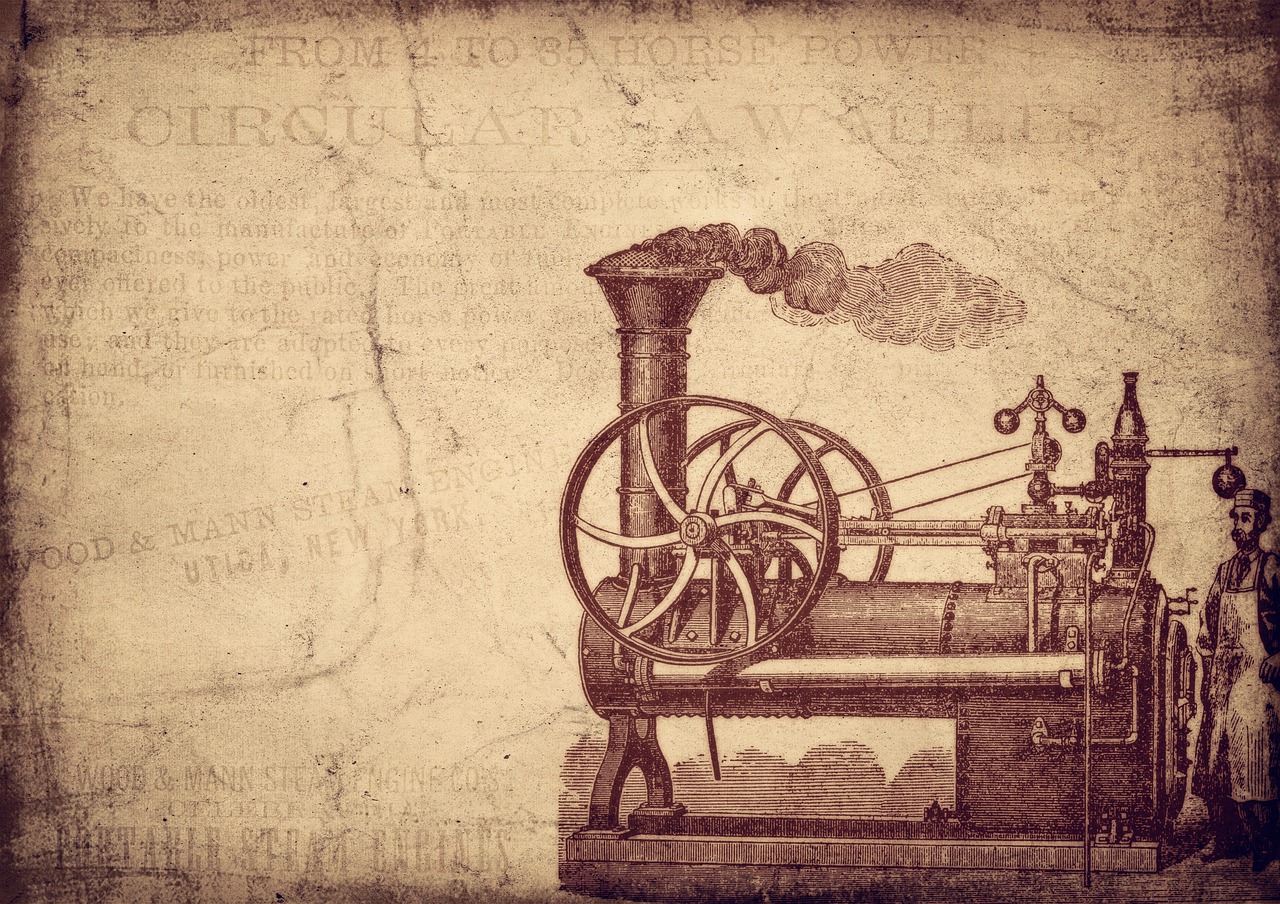The first industrial revolution released humankind from relying on animal power to plant crops, and travel. Those mighty steam engines were a wonderful sight as they sped up production in ways our ancestors never imagined before.
The fourth industrial revolution introduced technology, enabling us to blend digital, biological and physical innovation, and calculations at speeds we never achieved before. However we need to make fundamental changes to the way we handle data to benefit fully from this progress.
The Shorter Steps of the Second and Third Revolutions
The second and third industrial revolutions were precursors to this massive opportunity. The second brought mass production, and the third high-speed electronics.
However both were linear processes in that we had to dismantle operations into individual stages before we could program them. Although these sped the processes up, the individual steps were task-specific and we could not generalize them to other operations. Therefore each activity needed its own physical or virtual production line so to speak.
However, the third revolution was nonetheless a distinct step forward because we had simple robots to complete repetitive tasks. By the time the fourth arrived we were realizing that mass production was limiting our ability to be nimble and innovative on the fly.
How the Fourth Industrial Revolution Shifted Up
The fourth industrial revolution enabled a further change in our thinking. That’s because it provided the computing power we needed to analyze data accumulated over decades.
However, we needed to make a mind shift from thinking in terms of processes to focusing on outcomes. That was the point artificial intelligence and 3D printing revolutionized our lives. We had machines capable of doing advanced computations and achieving outcomes faster than we imagined before.
How This New Reality Affects the Core of Our Existence
Klaus Schwab founded the World Economic Forum on the hope the whole world would benefit from progress. He says “the fourth industrial revolution is distinct from the other three in the speed, scale and force at which it transforms entire systems of production, distribution, consumption – and possibly the very essence of human nature.
Touch screens, augmented perception and virtual reality may seem like second nature to our children. On our watch, they are changing the way we work, live and play. Progress is speeding up at hitherto unimaginable rates as machine thought becomes the order of the day.
There May Be No Boundaries to This Transition
Are you old enough to remember log tables? Perhaps not, they were mathematical lists showing the results of calculations with different variables. Gen W, if there were ever such a thing breathed a sigh of delight when cheeky pocket calculators arrived.
There’s a tidal wave of data sweeping through out server rooms now. We could have 50 billion connected devices by the end of next year. Some forward thinking people believe we will exponentially more servers just a few years’ after that.
Building a Bridge towards the Fifth Industrial Revolution
We are passing through another period of technological transition. The fifth revolution will free us from mundane tasks that robots will perform. Our bodies will gradually become less relevant, as we increasingly work with our minds and high tech machines.
We have an urgent need to build more flexible data platforms where virtualization can keep us abreast of the data tsunami. Our data is now in portable containers we can customize and replicate. Cloud services add extra layers of data security. We have our heads above water but for how long?
We have migrated away from physically separate computers dedicated to unique tasks. We have common infrastructures instead, supporting applications and storage we can plug in and plug out at will.
Or data centers are no longer merely safe harbors of availability and reliability. They are interconnected nodes in a world of hyper global networks. However, progress is not yet done. The march of progress is continuing.
From Connected Campuses to Just-Up-Your-Street
For a while it seemed the next stage would be to join these data centers up into connected campuses. Each center of knowledge and power would be one part of a virtual machine.
We would have ubiquitous interconnectivity wherever we went. There would be no technical limit to our ability to grow our businesses in Asian-Pacific nodes that were taking off where we were stalling.
However, there is a downside to this one-size-fits-all approach. We are discovering we have two types of data. The first is historic, transactional data we need to be able to store, and access somewhere.
However our new data is different because we are currently using it to help us make dynamic decisions. It’s not the end of the world if our transactional data is a little slow. However, we need to have our new data instantly on demand.
This New Reality is Driving Local, Flexible Platforms
Therefore, there is renewed demand for local data centers nearer to customer operations. These customers want low latency, highly reliable platforms for their immediate operational needs.
This market segment expects hyper-scale capability for any size of business. It wants the benefits of the fourth industrial revolution instantly at its fingertips
This new breed of local data center also serves as the connection point to the greater network, where legacy data may reside on cloud storage. One of the main advantages of this arrangement is it allows workload to distribute across various geographic locations.
It’s Therefore Time We Moved on From Large Central Datasets
We cannot fully benefit from artificial intelligence unless we have equally fast data links. Therefore, we need to store data according to its intended use. Legacy data can reside in a slightly slower, less expensive environment.
However our new current data must be in a place ‘just-down-the-street’ where our businesses can thrive. Then and only then can we fully benefit from the immense potential of the fourth industrial revolution. Optimizing our data processing power this way, will put us in good stead to prepare for the fifth one and flourish.







